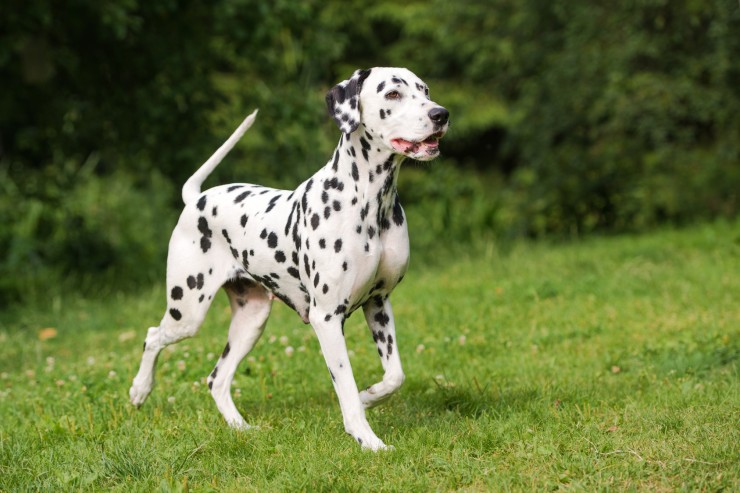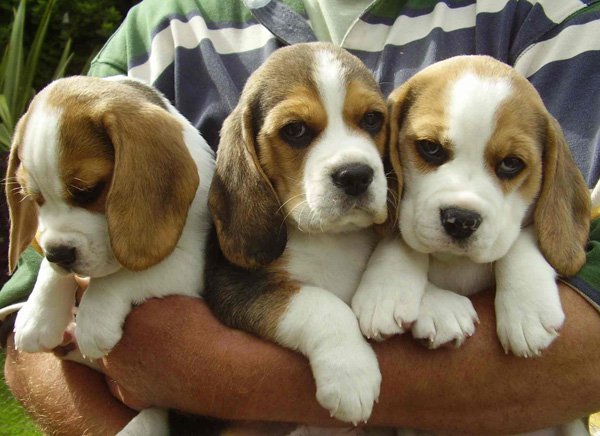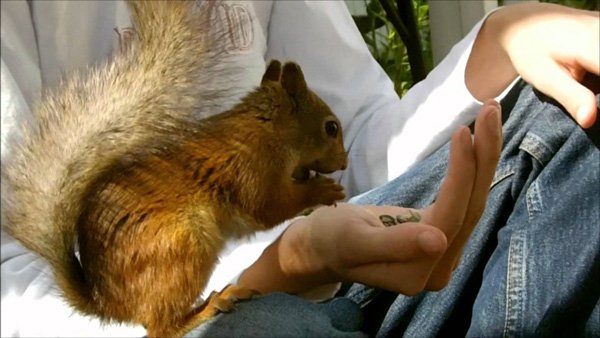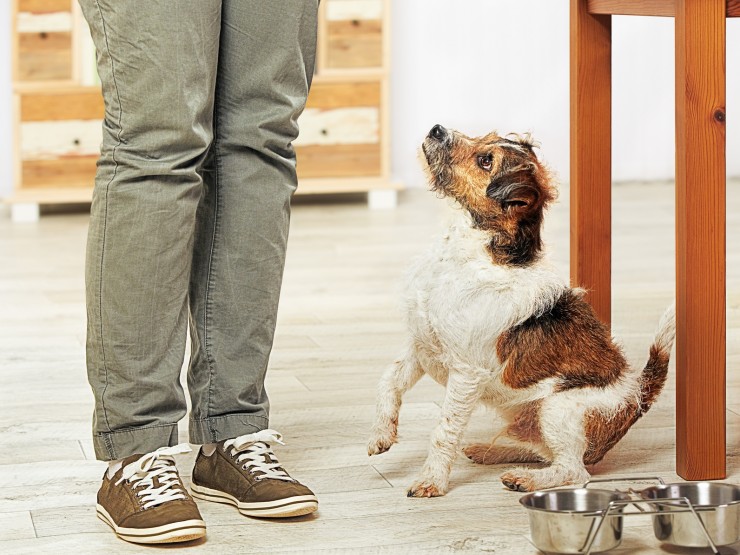
No matter how intelligent you or your Great Dane is, it is usually difficult to identify what this sweet creature is feeling. A Great Dane, along with other animals, does not have the capacity to tell...
No matter how intelligent you or your Great Dane is, it is usually difficult to identify what this sweet creature is feeling. A Great Dane, along with other animals, does not have the capacity to tell people what exactly they are feeling. Sometimes, animals are considered as plain creatures good at wagging their tails or barking out loud during the night. But, animals like dogs communicate in more ways than some people might imagine. A Great Dane has a variety of ways to express his feelings using all parts of his body. Understanding what your dog is trying to tell you will definitely create a happy relationship that could last for years.
Here are a few guidelines to determine your dog's mood through body language:
Friendly - A friendly dog has upraised ears, his eyes open and watchful, a calm mouth, wagging tail and perhaps whining and giving out playful barking sounds.
Playful- A playful dog wags his tail in a bended over pose that seems enticing you to play.
Dominant- A dog showing dominance has his ears directly upward or frontward with his mouth a little open or closed. His eyes are wide open looking intently. His body stiff and tall with the tail out from the body.
Aggressive - An aggressive dog has his ears flat against the head, narrowed eyes, tensed body, mouth open to show teeth and tail held out from the body. Growling and howling can be heard from an aggressive dog.
Submissive - A submissive dog has his ears folded against his head with his eyes closed and paw lifted. He looks mild and timid, not playful and will definitely not attack.
Fear - A scared dog exhibits lowered posture with tail lowered between the legs. He will not look directly at you and will whine or bark fearfully especially if they are cooped up or on a restraint.
Worried - Restlessness and pacing is evident in worried dogs. Quick barks along with howling can also be heard.
Stressed - A stressed dog has his ears back and down against the head, mouth wide open with fast breathing. Nervousness and shaking can be seen.
With these guidelines, you will be able to identify the moods and what your Great Dane is trying to imply. Once the mood is identified, you can assess his responses to the training procedures. This is also beneficial not just during training periods but for your dog's everyday life. You will be able to know the things he likes and dislikes and ensure everyone's safety.
Article Tags: Great Dane
 The Importance Of Good Breeding In Dalmatians
The Importance Of
The Importance Of Good Breeding In Dalmatians
The Importance Of
 High Blood Pressure In Cats
High Blood Pressu
High Blood Pressure In Cats
High Blood Pressu
 Online pet shops will meet every demand of your pet!
Online pet shops will meet every demand of your pet!
Online pet shops will meet every demand of your pet!
Online pet shops will meet every demand of your pet!
 Make Your Chickens Healthy – Provide them with Coops and Runs
Make Your Chickens Healthy – Provide them with Coops and R
Make Your Chickens Healthy – Provide them with Coops and Runs
Make Your Chickens Healthy – Provide them with Coops and R
 Kitchen Scraps You Can Safely Give To Your Dog As Special Treats
Kitchen Scraps Yo
Kitchen Scraps You Can Safely Give To Your Dog As Special Treats
Kitchen Scraps Yo
Copyright © 2005-2016 Pet Information All Rights Reserved
Contact us: www162date@outlook.com